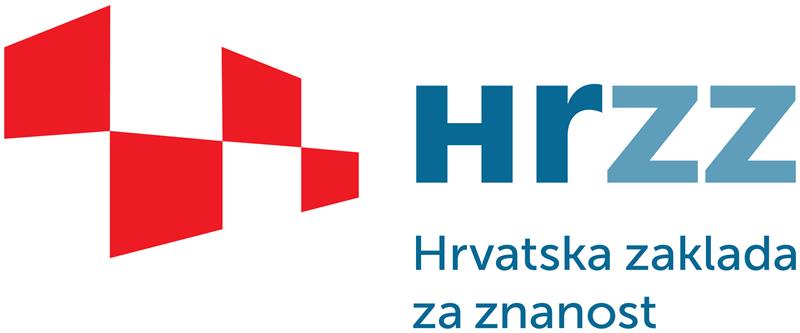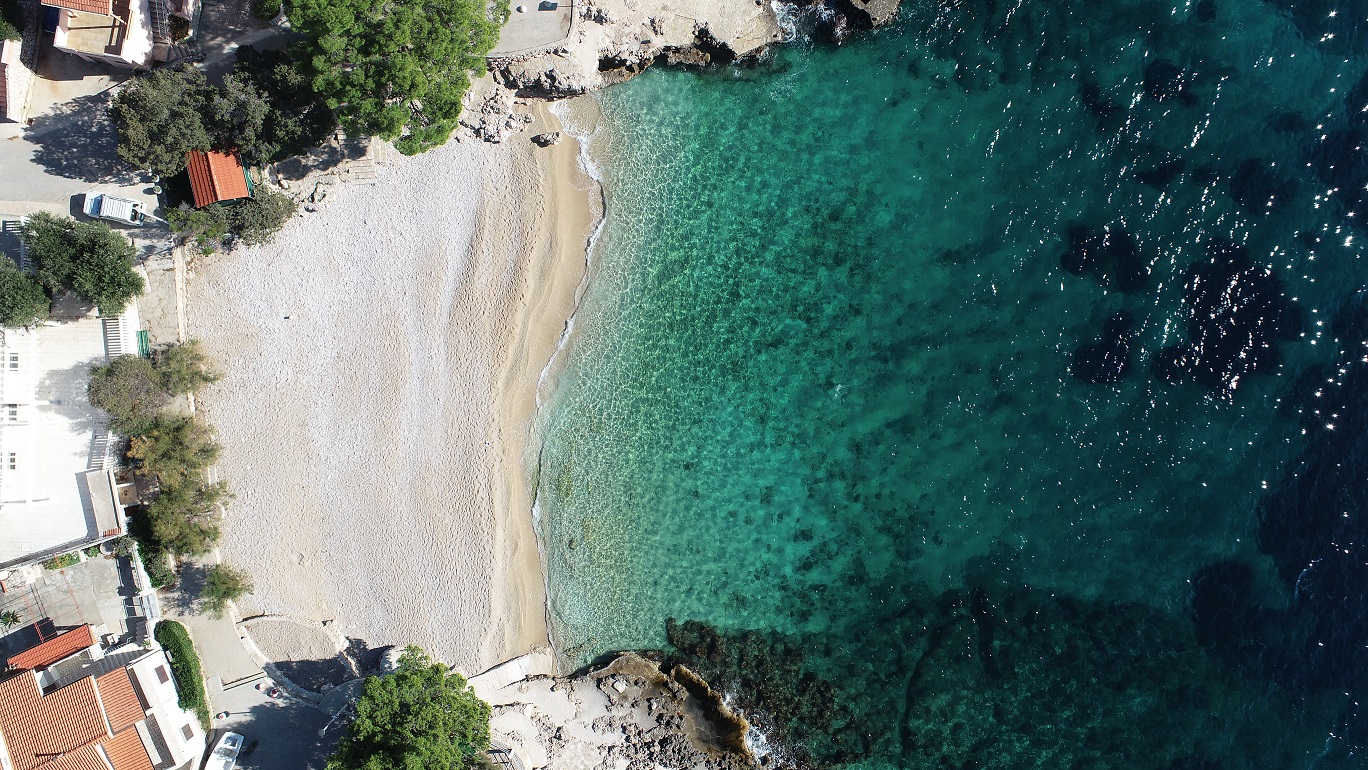Relative sea level change and climate change along the eastern Adriatic coast (SEALeveL)
Fund sources: Croatian Science Foundation
Duration: 31.01.2020 - 30.01.2024
Project leader: prof. Sanja Faivre, PhD
Funds: 997.760,00 HRK
Project number: HRZZ-IP-2019--04-9445
SUMMARY:
The aim of the project is the study of relative sea-level change and climate changes along the eastern Adriatic coast using two main markers: algal rims and phreatic overgrowth on speleothems (POS). Algal rims created by alga Lithophyllum byssoides have proven to be a good indicator of relative sea-level change in microtidal environemnt as alga exclusively inhabits a narrow part of the intertidal zone and therefore represents the highest biogenic build-up in the Mediterranean.
POS are of rare appearance in coastal caves where the groundwater level is influenced by the sea-level. The formation of POS in the narrow zone of groundwater fluctuations, caused by the tides, and the ability of its precise dating, makes POS an excellent indicator of relative sea-level change. The cave environment in which it forms also protect it from erosion, thus ensuring its long-term preservation. Both of these markers, algal rims and POS, allow us to determine sea-level index points that are used to create the relative sea-level curves. Based on analyses of stable isotope composition obtained from the rims, these index points are also associated with phases of rapid climate changes. The relative sea-level curves are quantified using Error-In-Variables Integrated Gaussian Process (EIV-IGP) model. The reconstructed relative sea-level curves from different parts of the Adriatic, together with stable isotope records, will allow us to approach the driving forces of relative sea level change. Knowledge of changes in the past can help for future projections and coastal vulnerability assessment.

 Pristupačnost
Pristupačnost